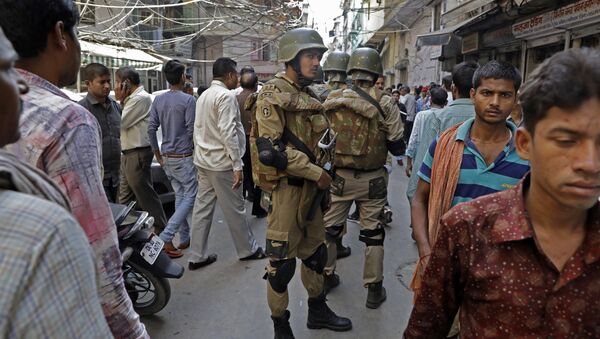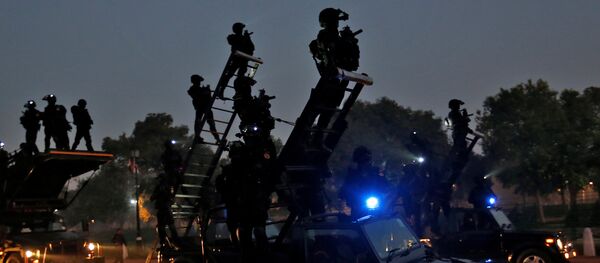Iraq came second with almost half the number at 221, says the report by the National Bomb Data Centre (NBDC). The data set, however, doesn’t say anything about the number of casualties in the bombing incidents. The NBDC works as the probe agency after blasts and is under India’s National Security Guards, an elite contingency force.
India’s arch-rival and neighbor Pakistan witnessed a total of 161 incidents during 2016 followed by Afghanistan where 132 bombings were recorded, 92 in Turkey, 71 in Thailand, 63 in South Africa, 56 in Syria, Egypt 42 and 29 in Bangladesh among others.
Out of the total 406 incidents reported during this period in India, 337 were triggered using Improvised Explosive Devices (IEDs), while the rest 69 used ordnance explosives like grenades or ammunition shells.
The maximum 63 IED blasts in a week in India occurred on Thursdays, followed by 50 on Wednesdays, while the month of March recorded the maximum 42 incidents in 2016, followed by 36 in April.
“The data…has been obtained from police records available from time to time. This does not reflect the exact number and details of the incident,” reads the report. The NBDC compiles all incidents in its report called “Bombshell”.
The NBDC report also reported that the northern state of Jammu and Kashmir saw an over 121 per cent rise in blast and IED related incidents after the killing of terrorist Burhan Wani in the Valley in July last year. While 14 IED bombing incidents were reported in JK in 2015, the numbers went up to 31 last year.
Never miss a story again — sign up to our Telegram channel and we'll keep you up to speed!



